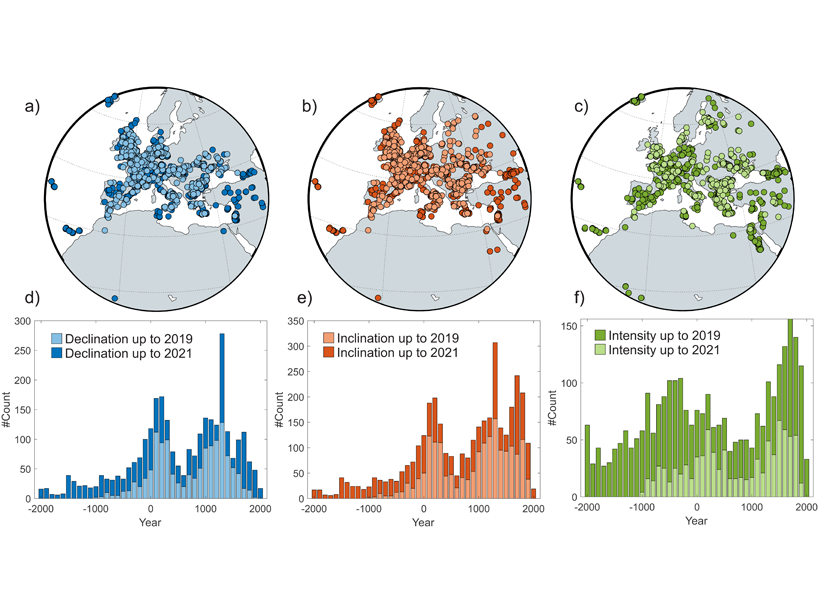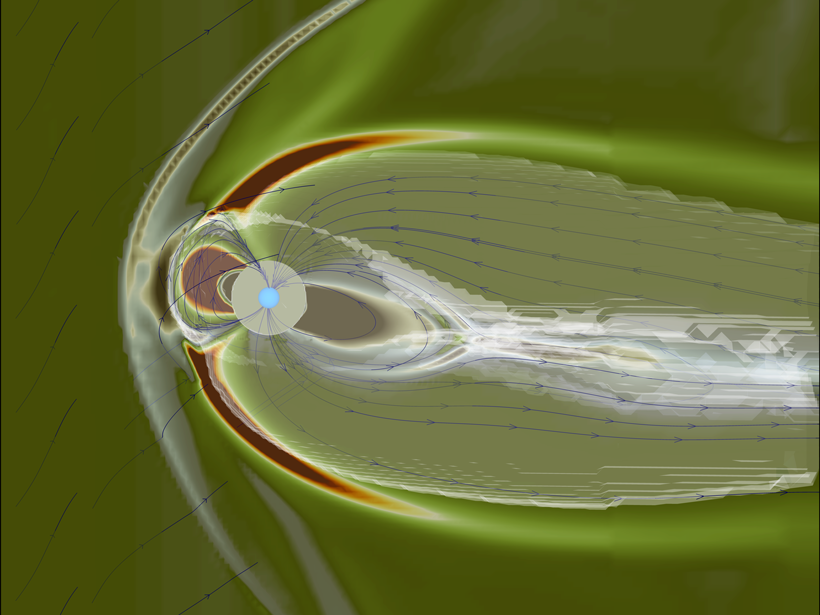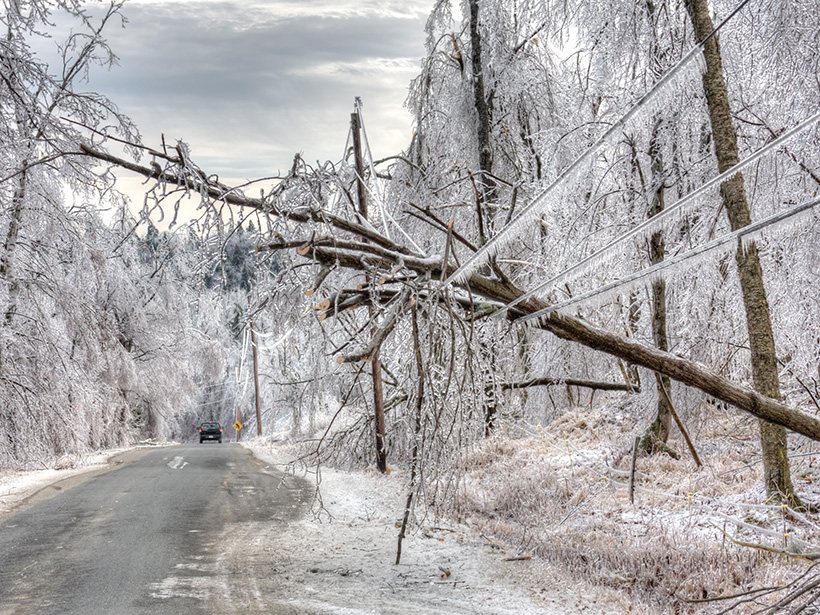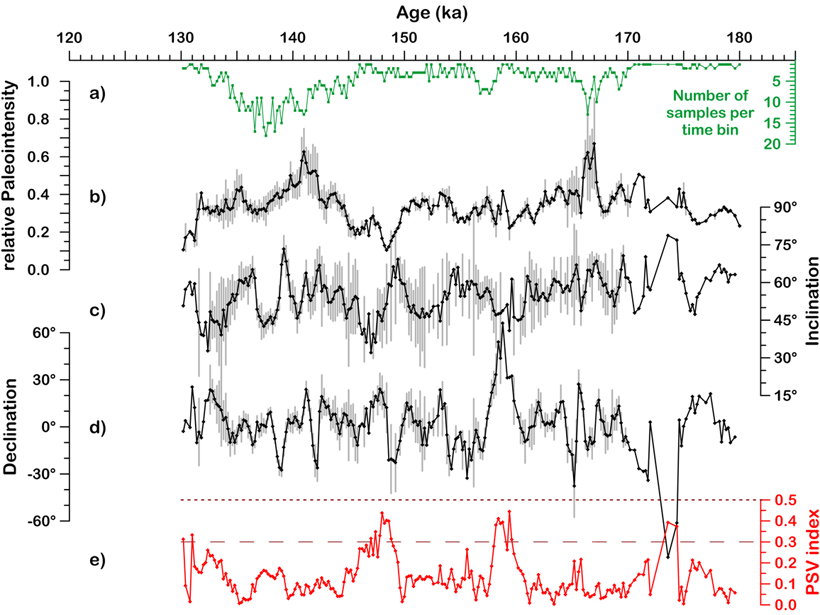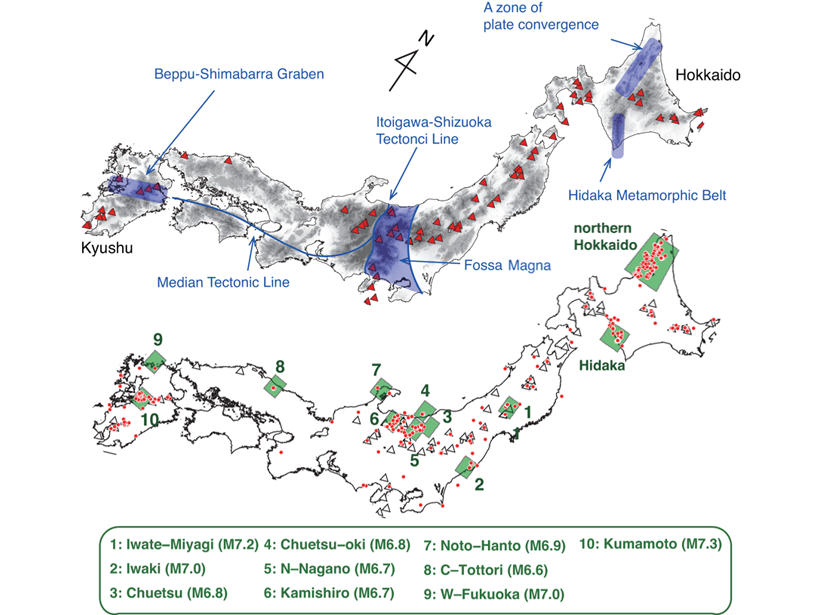New data on ancient burnt structures is integrated into a superior spherical cap field model for Europe.
2021 CC BY-NC-ND
Forecasters Navigate a Highway to Success Around Lake Victoria
An early-warning system establishes international networks to help communities manage severe weather on Africa’s largest lake.
The Space Weather Modeling Framework Goes Open Access
A versatile suite of computational models, already used to forecast magnetic storms and potential power grid and telecommunications disruptions, is preparing to welcome a larger group of users.
Earthquake Rates Enhanced by Triggered Creep
Analysis of California earthquakes solidifies links between shaking due to remote earthquakes and increased local earthquake activity that persists for times longer than for regular aftershocks.
New Book Collection Presents Latest in Heliophysics Research
A new set of five books presents the latest science on the Sun and the solar wind, magnetospheres in the solar system, Earth’s ionosphere, Earth’s upper atmosphere, and the effects of space weather.
The Who, What, When, Where, and Why of the Polar Vortex
Here’s a rundown of what this atmospheric phenomenon really is and why it matters.
Marine Isotope Stage 6: First High-Resolution Field Record
A 200-year resolution record from the Black Sea for marine isotope stage 6 (130-180 ka) shows a stable geomagnetic field.
Cheap Sensors Provide Missing Air Quality Data in African Cities
Calibrated low-cost sensors in Kinshasa and Brazzaville provide new information on pollution and help scientists model a way to improve access to air quality data.
The First Systematic Search for Enervated Earthquakes
High quality data from Japan provides answers on where and when “enervated” earthquakes occur.
Holy Water: Miracle Accounts and Proxy Data Tell a Climate Story
In 6th century Italy, saints were said to perform an unusual number of water miracles. Paleoclimatological data from a stalagmite may reveal why.

